The rapid growth of the fast fashion industry has resulted in a staggering rise in the generation of textile waste across the United States, giving way to a formidable environmental challenge over the past twenty years. Products like worn-out clothes, carpets, towels, and footwear release greenhouse gases and contribute to soil and water pollution while decomposing in landfills. According to the U.S. The Environmental Protection Agency (EPA) says the amount of textile waste increased by more than 50% from 2000 to 2018.

Factors and Modern Anomalies
This rapid increase is a result of high-turnover fashion models, insufficient infrastructure for textile collection and sorting, and slow development in recycling technologies. While awareness is growing, most options for donating, repairing, or repurposing textiles are underutilized, with the majority of materials going into municipal waste streams.
Federal Efforts and Missed Opportunities: Federal agencies are beginning to focus on textile waste. NIST brought together industry, academia, and government stakeholders for a 2021 workshop about solutions. The EPA is working to create a national textile recycling strategy in the next decade, and the Department of State has started dialogues about extending the life cycles of products.
However, GAO has labeled these efforts as fragmented, with little interagency coordination. While steps to build a formal cooperative structure were taken in 2022, progress was subsequently slowed down.

The Path Forward
The GAO recommends that Congress give clear guidance to a federal agency—or entities—to coordinate efforts to reduce textile waste and increase recycling. That would help set up an interagency mechanism for coordination to reduce duplication and enhance cooperation. These steps are very essential if progress is to be sped up and the development of effective solutions efficiently carried out.

A Call to Action
A coherent national approach to textile waste that focuses on innovation and collaboration is necessary. Only by transforming our linear waste systems into circular ones, based on reuse and recycling, can the U.S. reduce environmental degradation and lay down a foundation for a sustainable future.
Brands like PTCL Denim represent the potential for sustainability within the textile industry. In all of its production processes, PTCL Denim has integrated practices that are environmentally friendly, showing how the private sector can align with broader goals of reducing waste and environmental impact.
The problem of textile waste is one that requires concerted effort on the part of policymakers, federal agencies, and industry leaders. Together, they have the power to change the apparel and textile industries for the better and harmonize economic growth with environmental responsibility.

Summary
- Fast fashion fuels U.S. textile waste growth at a staggering rate, with devastating effects on the environment.
-Federal efforts still operate in isolation, with no concerted action.
- Congress should provide interagency coordination in the creation of a national textile recycling strategy.





Comments (0)
There are no comments for this article. Be the first one to leave a message!